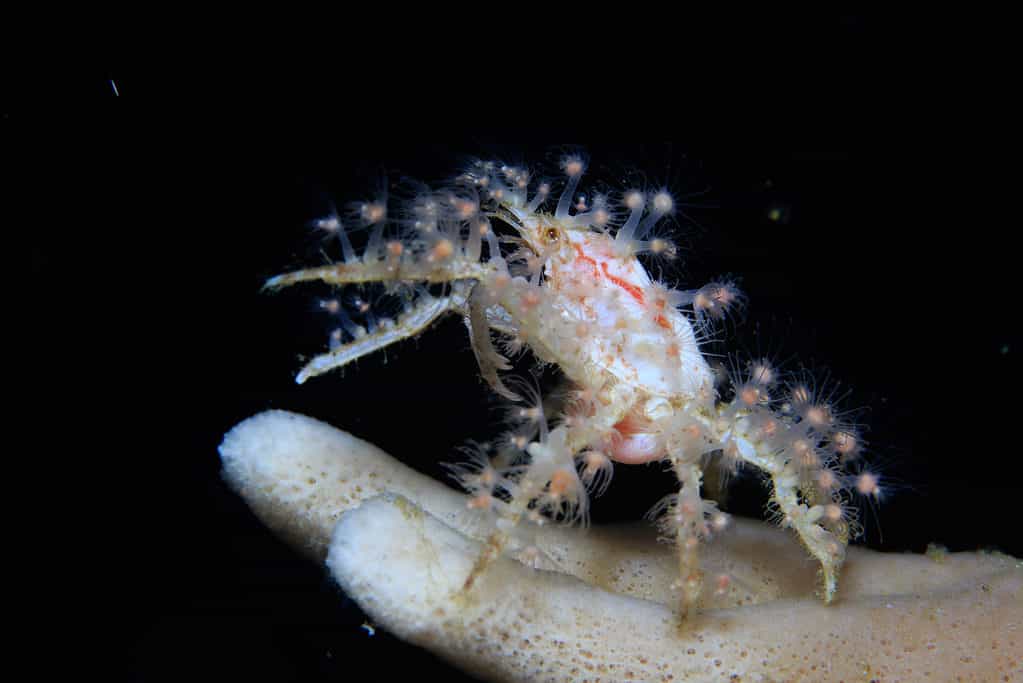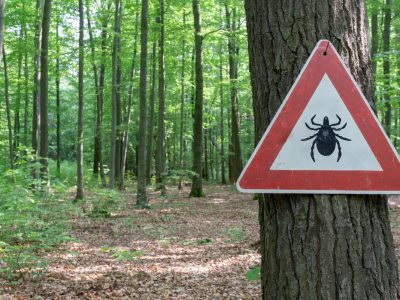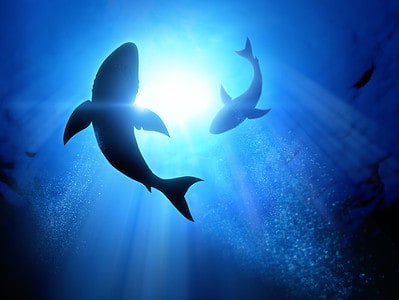Decorator Crab
Recycle old decorations when they molt
Advertisement
Decorator Crab Scientific Classification
Read our Complete Guide to Classification of Animals.
Decorator Crab Conservation Status
Decorator Crab Facts
- Prey
- Invertebrates, fish, squid, other crustaceans
- Main Prey
- Marine invertebrates
- Name Of Young
- Zoea
- Group Behavior
- Solitary
- Fun Fact
- Recycle old decorations when they molt
- Biggest Threat
- Predation and habitat loss
- Most Distinctive Feature
- Decorate their shells with objects from their environment
- Distinctive Feature
- Velcro-like hairs on the legs and bodies called setae
- Other Name(s)
- Spider crabs
- Habitat
- Soft substrates and reefs
- Predators
- Fish, turtles, octopuses, otters
- Diet
- Omnivore
- Location
- Worldwide
View all of the Decorator Crab images!
Summary
One of nature’s most ingenious disguise artists, decorator crabs belong to the superfamily Majoidea. Sometimes also known as spider crabs, approximately 75% of the species in the family decorate their shells and legs with plants and animals to help them avoid and ward off predators. They live all over the world and thrive as opportunistic scavengers and predators despite their slowly-moving frames.
5 Decorator Crab Facts
- When decorator crabs molt, they recycle their old decorations and reuse them once they finish growing their new shell.
- Many animals use them as camouflage also benefit from the relationship as they feed on leftover food that the crabs leave behind.
- They often cover themselves with stinging animals like anemones and sea urchins to protect themselves from predators.
- When introduced into new environments, decorator crabs will redecorate themselves to better blend in with their surroundings.
- If they cannot find enough food, they may feed on their own decorations in order to survive.
Decorator Crab Classification and Scientific Name
All decorator crabs belong to the superfamily Majoidea. Approximately 75% of the species within the family decorate themselves, hence their name. Some species also go by the name spider crabs due to their long, spindly legs. They belong to numerous genera and vary in their behavior, appearance, and distribution. For example, the long-legged spider crab belongs to the family Inachidae. Its scientific name, Macropodia rostrata, derives from the Latin and Greek word makrós, meaning “long,” the Ancient Greek ποδός (podós), meaning “foot,” and the Latin rostrata, meaning “beaked, curved, or hooked with a curved front.” Meanwhile, the graceful decorator crab, Oregonia gracilis, gets its name from its genus, Oregonia, and the Latin word gracilis, meaning “slender.”
The superfamily Majoidea consists of five major families, including:
- Epialtidae
- Inachidae
- Inachoididae
- Majidae
- Oregoniidae
Decorator Crab Appearance

Decorator crabs often cover themselves with stinging animals like anemones and sea urchins to protect themselves from predators.
©SergeiUWPhoto/Shutterstock.com
They vary in appearance depending on the species. That said, they share a number of similarities. Like all crabs, decorator crabs have hard exoskeletons made of chiton, two pincer-like claws, and four long legs. They range in color from orange to green to brown to gray. While some have relatively smooth shells, others feature spikes or tubercles. They select pieces of seaweed, rocks, coral, and small animals such as sponges, sea urchins, or anemones to decorate themselves and help them to blend in with their environment. They possess hooked bristles on their legs and bodies called setae that act like Velcro. These bristles grab onto the decorations they choose for their shells and hold them in place. In terms of size, the carapace normally measures a few inches long, while the legs can vary from a few inches to several feet long.
Decorator Crab Distribution, Population, and Habitat
You can find decorator crabs in a wide variety of habitats and environments. As zoea, they swim freely throughout the ocean. As they mature and get heavier, they slowly settle down toward the sea floor. That said, most decorator crabs live in relatively shallow water just a few hundred feet below the surface. They often live on or around coral reefs which contain plenty of materials that they can use for decorations, such as sponges, coral, anemones, or urchins. Others commonly congregate near soft or rocky substrates or near kelp forests. Meanwhile, some are almost exclusively found on specific geological formations such as seamounts or guyots.
Decorator crabs live all over the world. While some range over large areas, others can only be found in a few isolated zones. For example, long-legged spider crabs and scorpion spider crabs range from Norway to South Africa and across the Mediterranean Sea, while the northern kelp crab ranges along the entire Pacific Coast of North America. Meanwhile, great spider crabs live only in the waters around Australia, hotlips spider crabs and toothed decorator crabs are found only off the coast of South Africa, and sheep crabs only live in the coastal waters around California.
Decorator Crab Predators and Prey
For the most part, decorator crabs are opportunistic omnivores that eat whatever they can find. They frequently scavenge for plankton, seaweed, algae, sponges, detritus, and carrion but also eat small invertebrates such as worms. Larger species also feed on mollusks, starfish, snails, clams, shrimp, and even other crabs. Some species, such as the Japanese spider crab, will even prey on fish and squid. While their camouflage mostly serves as a form of defense, some also employ it to help them secure food. Blending into their environment tricks prey into wandering too close, which can help the crabs snag an easy meal. Like other crabs, decorator crabs use their powerful claws to both gather food and snatch nearby prey.
Numerous animals prey on decorator crabs, including fish, turtles, sea birds, otters, octopuses, and other crabs. To protect themselves from predators, they typically cover themselves with available material from their environment that helps them camouflage with their surroundings. However, some larger species simply grab anything they can, even if the materials don’t match their environment. These species instead mostly rely on their large claws to help them ward off predators. Meanwhile, some species specialize in selecting stinging animals like sea anemones or sea urchins as decorations. In addition to serving as camouflage, these animals also help the crabs dissuade would-be predators. The most vulnerable time for decorator crabs occurs right after they molt. Once they lose their hard shells and camouflaging decorations, the crabs lack their natural defenses to protect themselves from predators.
Decorator Crab Reproduction and Lifespan
Like other marine crabs, they primarily reproduce via internal fertilization and mate belly to belly. Breeding seasons and times vary depending on the species but typically occur shortly after the females molt. Decorator crabs find each other by releasing pheromones into the water and frequently gather into large groups. These groups can contain anywhere from a handful to hundreds of crabs, which both increases the chances of mating and defense from predators. Females carry the eggs until the larval-like zoea hatch. Zoea possess compound eyes and a spiny carapace to help them navigate and protect themselves from predators. They typically swim freely until they reach the megalopa phase and begin to resemble mature crabs, at which point they settle toward the sea floor. Decorator crabs molt their shell throughout their lives and grow successively larger after each molt.
Decorator Crab in food and cooking
The majority don’t often feature on the menus of seafood restaurants worldwide. That said, some of the larger species are commonly eaten and enjoyed. For instance, the Japanese spider crab likely ranks as the most popular decorator crab used in cooking. In Japan, these giant crabs are considered a delicacy, and many restaurants specialize in coming up with ingenious ways to prepare and serve these giant crustaceans. Decorator crabs possess soft, slightly sweet meat reminiscent of stone crabs. You can cook them in several ways, including baked, steamed, or fried. That said, most people choose to boil decorator crabs. Once you extract the meat from the shell, you can eat it on its own or pair it with sauces or butter. Alternatively, you can incorporate the meat into dishes such as crab cakes, pasta, or rolls.
Decorator Crab Population
Given that they are masters of camouflage, it’s hard to know just how many decorator crabs are out there. While some decorator crabs are fairly widespread and common, others are much rarer. For example, graceful decorator crabs range extensively throughout the North Pacific Coast, Japan, and the Bering Sea. Meanwhile, the closely-related split-nose decorator crab is a much rarer species that only inhabits seamounts and guyots in the Northeastern Pacific Ocean. Regardless of whether they occur often or rarely, little data exists on the population levels of decorator crabs. Even the most well-studied species are Not Listed with the IUCN or other reputable organizations that chart animal populations.
Related Animals
View all 110 animals that start with DDecorator Crab FAQs (Frequently Asked Questions)
Are decorator crabs carnivores, herbivores, or omnivores?
Decorator crabs are opportunistic omnivores that eat whatever they can scavenge, including plants, carrion, and small invertebrates.
Where are decorator crabs found?
You can find decorator crabs worldwide in a wide variety of environments and habitats, although they are commonly found on and around coral reefs.
Why do decorator crabs decorate?
While the debate continues to rage as to why decorator crabs decorate, most scientists believe that the decorations serve as camouflage and help the crabs protect themselves from predators.
Are decorator crabs reef safe?
In most cases, decorator crabs are not a good idea for most reef aquariums because they pull polyps and mushrooms off of rocks to decorate their shells.
Thank you for reading! Have some feedback for us? Contact the AZ Animals editorial team.


















